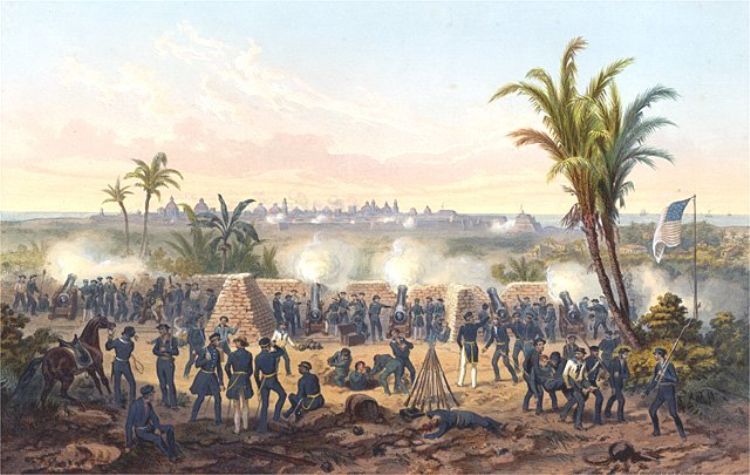
Invasions to Mexico I; Mexico - US War
The Mexico â United States war was an armed conflict be...
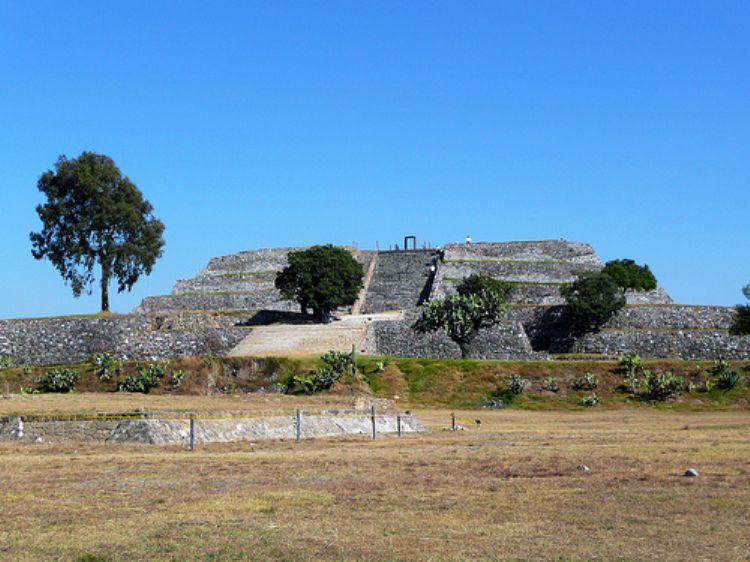
Located in the heart of Mexico, the city of Tlaxcala is the capital of the State with smallest territorial extension, the State of the same name, Tlaxcala. Of great Indian tradition, the Tlaxcalteca have a great tradition of shrewdness and negotiating spirit for which it was one of the towns that lived the Spanish Conquest peacefully and in cooperation.
At the beginning of the Spanish Conquest, Cortes needed to cross Tlaxcala land for reaching the Great Tenochtitlan, so he requested permission from the Tlaxcalteca lords. Xicohtencatl Axayactzin, son of leader Tizatlán Xicohténcatl Huehuetl, was of the opinion that the arrival of white and bearded men was not the foreshadowed return of Quetzalcoatl they expected, therefore he was granted permission to fight against the Spaniards. However, at the third defeat, the Indians decided to negotiate with the enemy,
The result of this negotiation was the following; the Tlaxcalteca would collaborate with the Spaniards in conquering the Great Tenochtitlan in exchange for the Europeans to respect their autonomy and type of government. This, as long as they adopted the Catholic religion preached by the conquistadors.
We must also remember that, in Mexico's center, the Aztecs exercised absolute domain over numerous Mesoamerican people, not so over the Tlaxcalteca, who once and again fought to defend their nation and autonomy. During the flourishing of the Mexica culture, an alliance of these with other dominions brought the "âFlower Wars"â where the allies fought against the enemies, which means Tlaxcala, Cholula and Huejotzingo. That the former were a target of the wars for taking victims to human sacrifices or for the pleasure and entertainment of warriors, doesn't mean they were friends. Thus, Cholula and Huejotzingo once conspired with Aztecs for attacking Tlaxcalteca land, and they didn't win a single meter of enemy soil. Also, the Tlaxcalteca never managed to go beyond the geographic limits of the territory they knew how to defend, and when the Aztecs blocked their traditional commercial routes, the Tlaxcalteca had to find alternative paths.
This long rivalry tradition among the Indian people resulted in the participation of the Tlaxcalteca in the fall of the Mexica Empire on the 13th of August 1521. As gratification for their participation, the collaborating Indians received lands and spread throughout New Spain and part of Central America.
According to the estimates of historians, the foundation of the city of Tlaxcala, formerly Tlaxcallan "âplace of corn bread or tortilla"â happened between 1540 and 1550 under the mandate of Viceroy Antonio de Mendoza. For this, the Indians came down from the mountains where they lived to construct traditional colonial cities with their great central plaza, church, shops, houses and avenues. This because the Spaniards wanted to have greater control over the Indians, reducing their lordships to city halls.
For the Spanish royal promise to not give the property of Tlaxcalteca land to the Spaniards, the government of New Spain made some concessions, sending ambassadors to Spain in 1552 and 1562, reminding the Crown of the great service the Tlaxcalteca lords had lent their venture.
Catholic missionaries who reached Tlaxcala were of the Franciscan Order, outstanding for their education and humanitarian work were Friar Toribio de Benavente, better known as Motolinia, Friar Jeronimo de Mendieta and Friar Diego de Valades.
Once the struggle for independence had begun, three centuries after the conquest started, the government of Tlaxcala remained loyal to the Spanish Crown, however, numerous and brave Tlaxcaltecos fought for national freedom. Among the most outstanding are Miguel Serrano, Juan Cortes, Antonio Arroyo and Vicente Gomez.
During the mid XIX century, during the French invasion, the Tlaxcalteca fought against the Europeans; however, in 1863 the State capital was taken and governor Manuel Saldaña had to flee to the mountains of neighboring Puebla. From there, Tlaxcalteca federalists and people of Puebla continued fighting against the invading enemy, until they managed to retake the city of Tlaxcala and form a contingency barrier around the State of Mexico where Emperor Maximilan of Hapsburg was.
During Porfirio's era, the same as in the rest of the republic, the train arrived to transform the life of Tlaxcala. The small State constructed 260 kilometers of railways that would detonate the traditionally agrarian economy. Also, the long government of Prospero Cahuantzi promoted the development of the textile, glass, smelting, paper and many other manufacturing industries that had been kept as small workshops until then.
Soon before the outbreak of the Mexican Revolution, the Tlaxcalteca had heard about the anti-reelection ideals of Francisco I. Madero, for which the entity's government took quick measures to defend against the insurgents. Juan Cuamatzi was the first Tlaxcalteca revolution leader that fought for the freedom cause. After his death, the movement had already won enough followers to continue the struggle.
When it ended, the workers leader Antonio Hidalgo became governor and was dedicated to returning the land to the Indians, creating farmer colonies, imposing fairer salaries and generally improving the conditions of the poorest; actions that motivated the wealthy estate owners to form their own Farmers League, with the goal of overthrowing Hidalgo. Once this was achieved, Tlaxcalteca revolutionaries as Domingo Arenas and Maximo Rojas continued the work handing the land over to the Indians.
Located on the south of the State, the municipality of Tlaxcala is 2,230 meters over sea level. With an average yearly temperature of 75.2º F, the predominating climate is moderate with summer rainfall.

The Mexico â United States war was an armed conflict be...
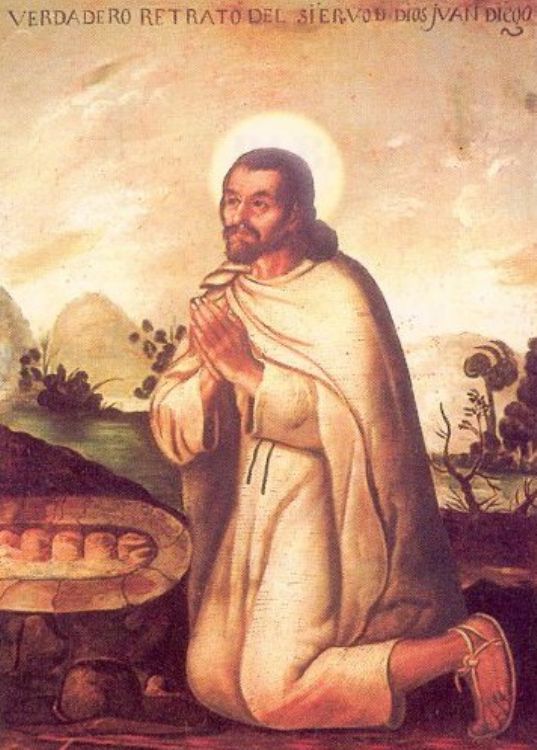
Ten years after the Conquest of Mexico, on the 9th of Dec...
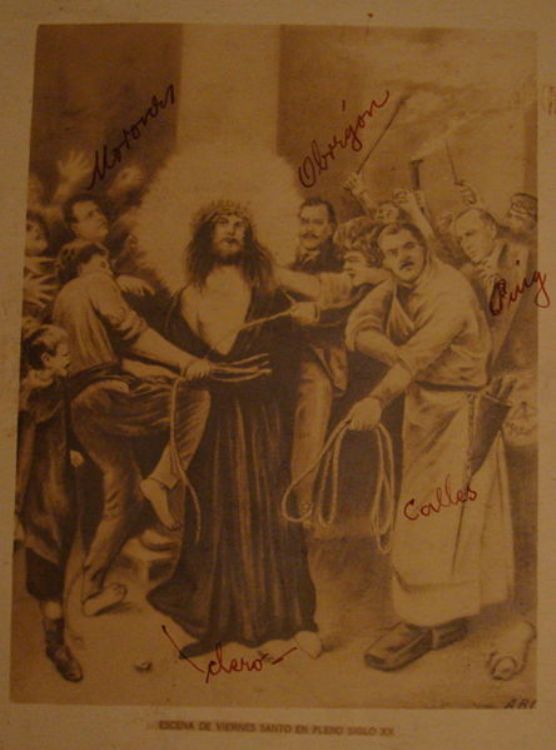
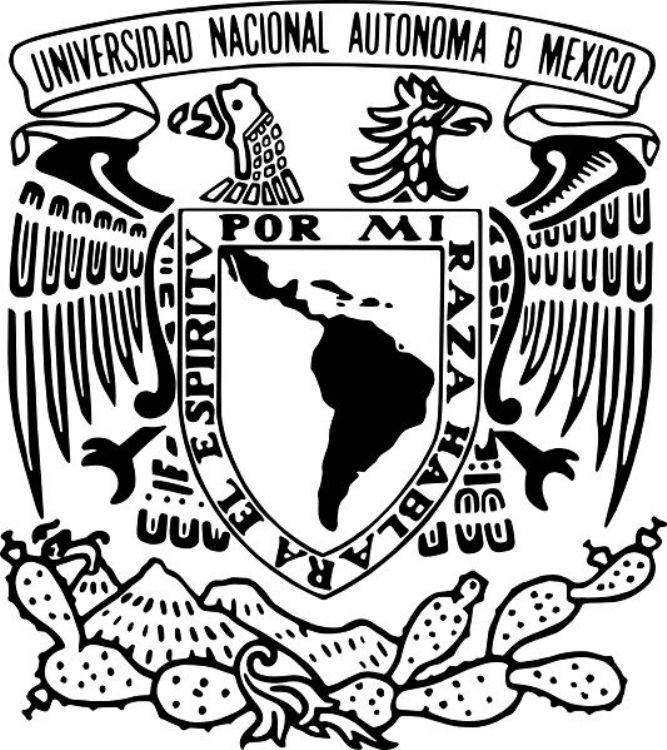
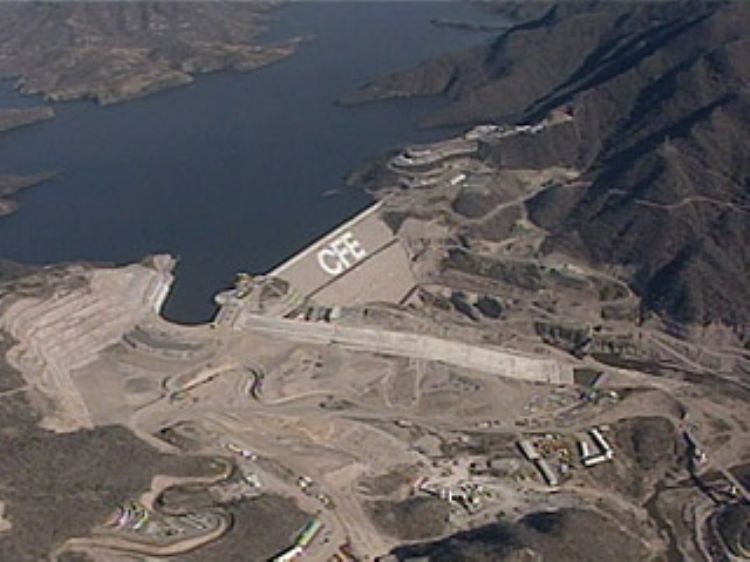
Until 2013, Article 27 of the Constitution gave exclusive...
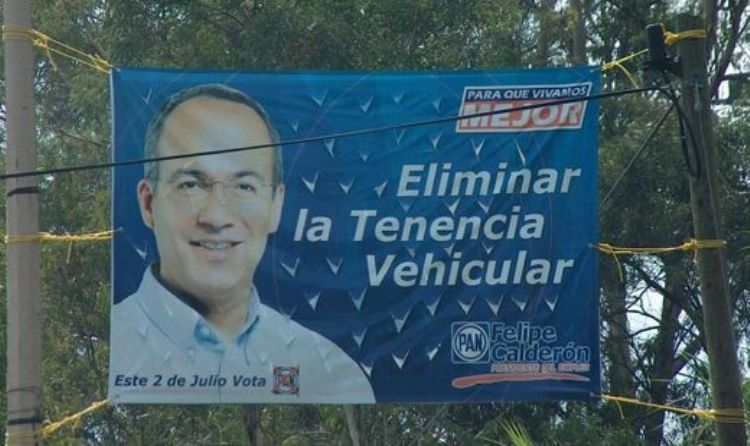
The history behind this tax is known by almost all of us:...
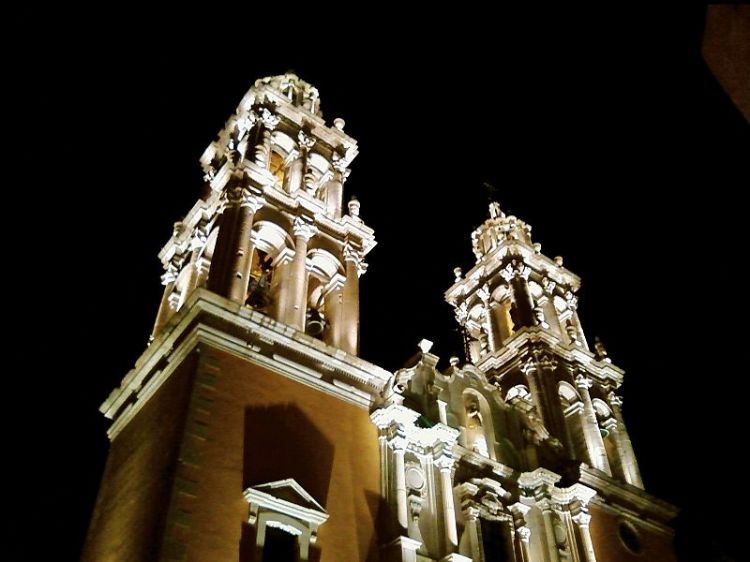
The extent currently occupied by the State of Zacatecas w...
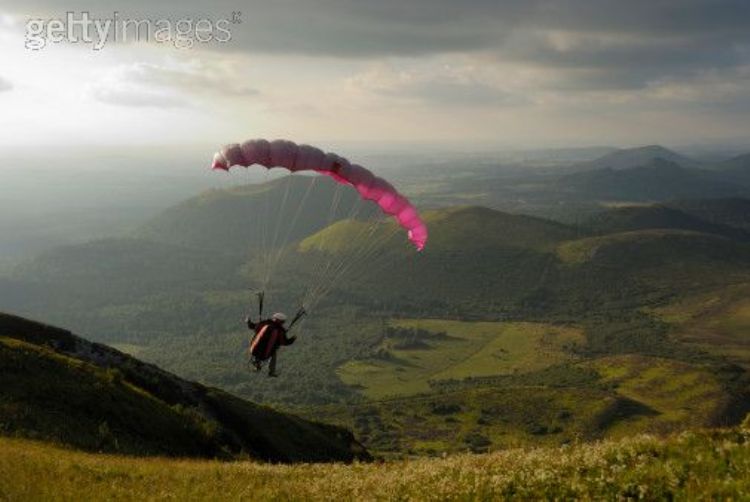
Skydiving consists of jumping with a parachute from an ai...
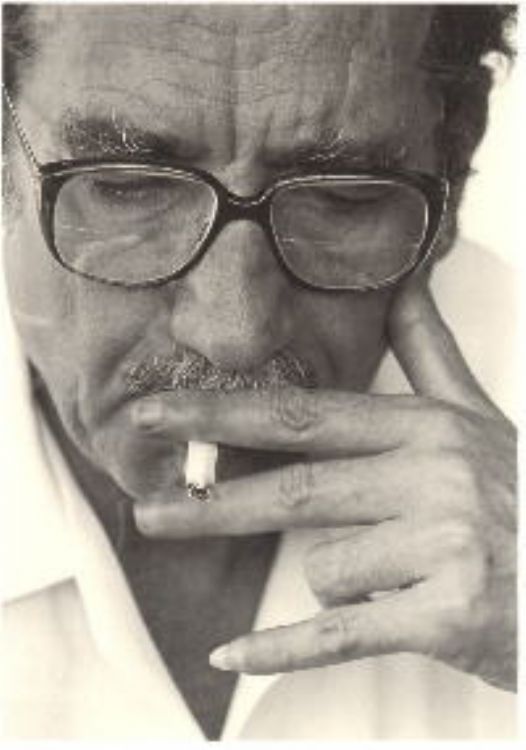
Jaime Sabines; One of the most beloved in Mexican poetry,...